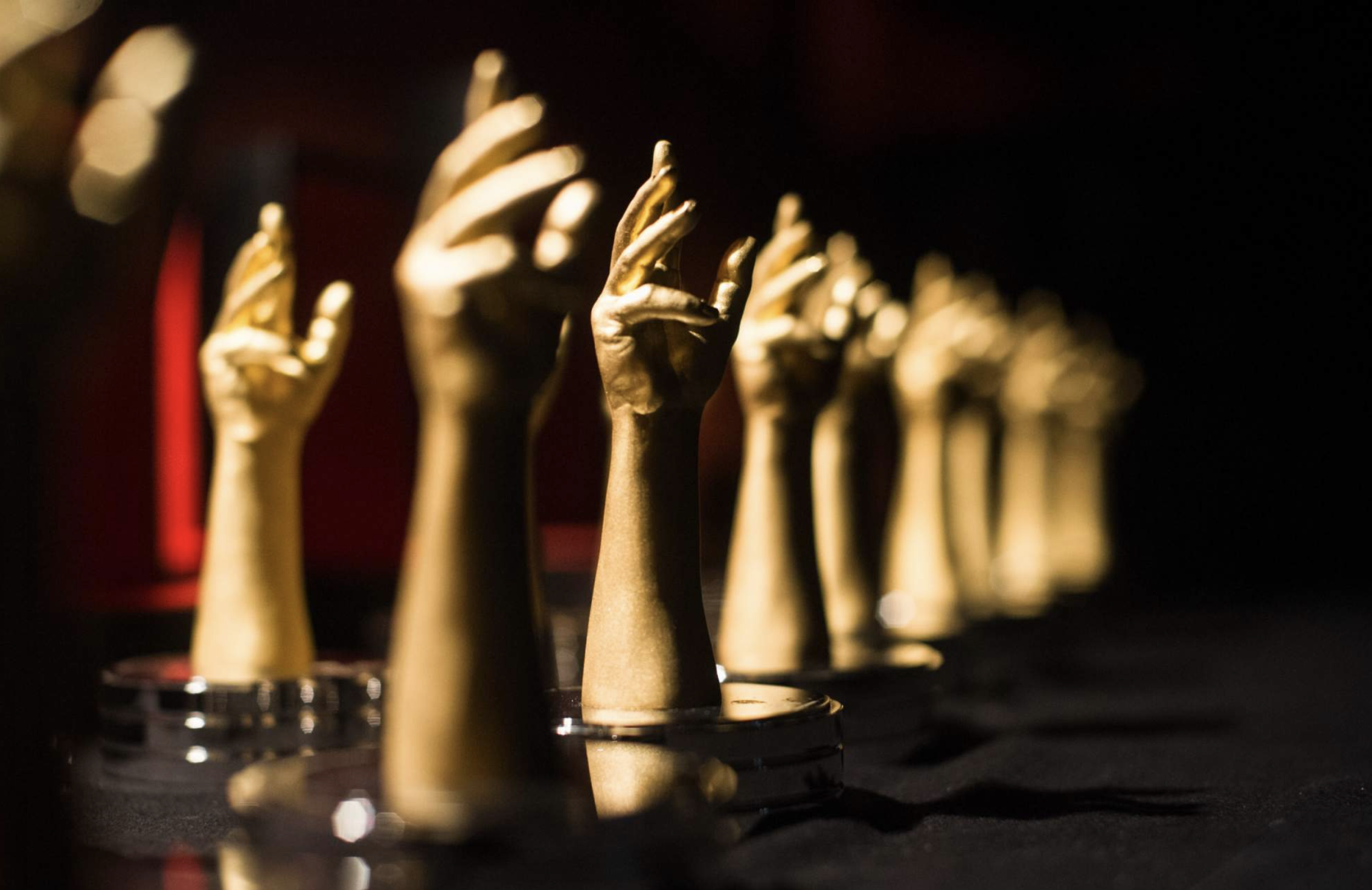Two Takeaways from the 2020 GPHG Awards
Every year, the GPHG Awards acts as a pulse check for the state of mechanical watchmaking. 350 industry professionals - executives, prominent collectors, journalists - come together to cast their vote for the best watch divided by category. Of course, there are always critics, it’s not a perfect system, and there are some notable brands that do not submit timepieces. But that aside, the GPHG Awards does give us a glimpse at what the average judgement is for a broad swath of professionals. And there are some interesting things to draw from their judgments. These are our two key takeaways from the recent award ceremony:
Credits: ©MiguelBueno/GPHG
1. Independents are here
For nearly a decade, everyone has talked about the rise of independent watchmaking. On one hand, we believe independents are still on the ascent, that rise will continue. And on the other, independents are simply now “here.” They’ve made it. It’s no longer breaking news that independent artisans produce top notch work. 8 out of 18 GPHG Awards went to independent artisans, and many in more technically complicated and innovative categories.
Horological revelation for an exceptional watch from a young brand went to Petermann Bedat, young watchmakes we love. H. Moser & Cie took prizes for the Chronograph and Audacity categories. Bovet won prizes for the Women’s category, and Mechanical Exception for their world time flying tourbillon timepiece, the Recital 26 Brainstorm Chapter 2. And of course, the storied veterans of fine independent watchmaking, Kari Voutilainen and Greubel Forsey, took prizes for Men’s Watch and Men’s Complication, respectively.
2. There’s always room for more
It’s easy to become cynical with watchmaking and say, “everything has already been done!” We see this also in other domains like film or comedy - “every movie has already been made,” “every joke has already been told.” Yet every year shows us that there’s still so many creative and original films, jokes, and … watches. This year’s GPHG is a testament to this fact.
Winner of the Men’s Complication Prize, Greubel Forsey’s Hand Made 1 is a strong smackdown of the notion that watches cannot be truly handmade. Though it comes at a massive cost today, the timepiece sells ~$800,000, the value of the project is in the preservation of handmade watchmaking skills and finishing techniques. As the world’s thinnest watch, Piaget’s 2mm thick Altiplano Ultimate Concept is simply ridiculous. And the future is bright with Petermann Bedat’s creative movement architecture for the dead-beat complication in their timepiece, the 1967. Overall, it’s difficult to look at the winners and say, “there’s nothing left to be done.” Fortunately, watchmakers and designers still dream.
Amidst all the chaos of 2020, it was kind of nice to see a “regularly scheduled” watch industry event. And the cherry on top is seeing independent watchmakers earning the recognition they deserve. The pinnacle of watchmaking is alive and well, even in trying times. What do you think though? What takeaways do you draw from this year’s GPHG Awards?
Credits: ©MiguelBueno/GPHG




